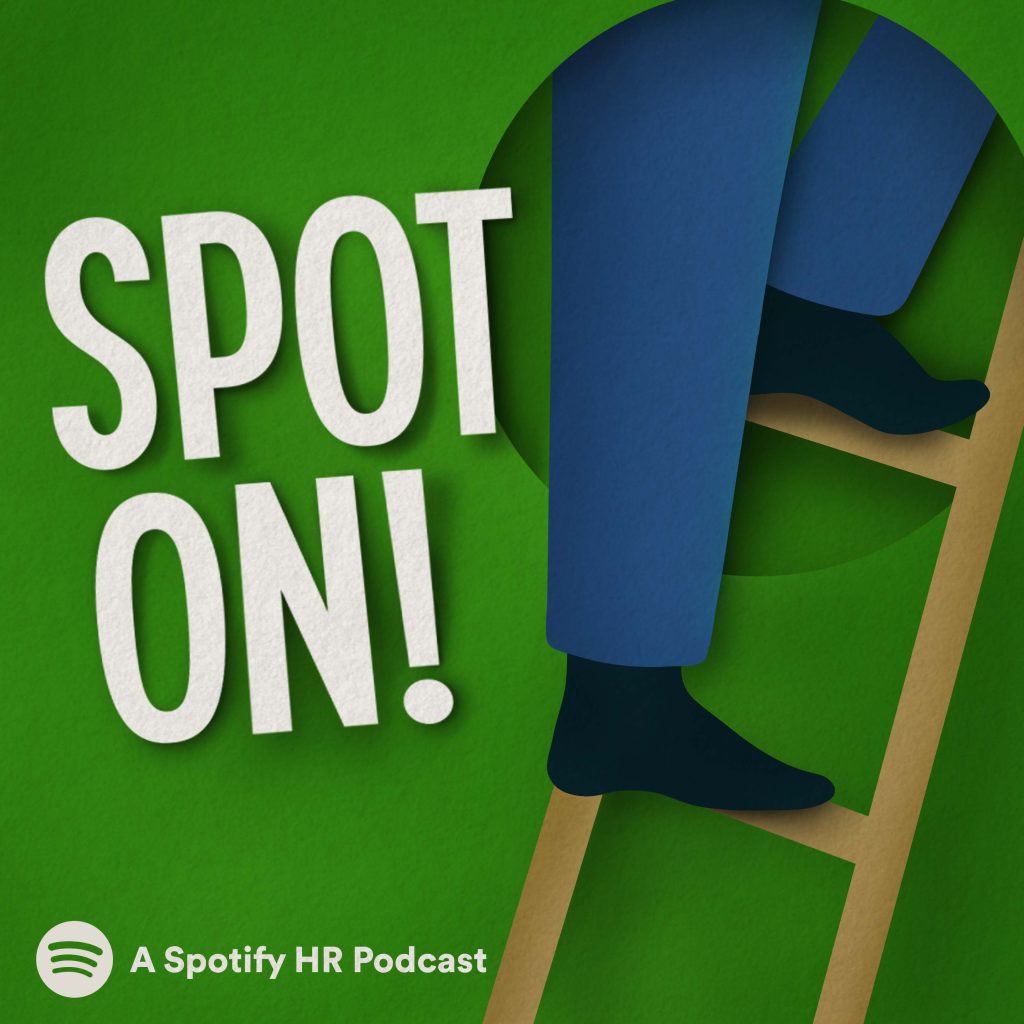What do you mean, “diverse”?

Managing Diversity and Inclusion in a global company
Securing diversity in your business is a tough job to begin with. But doing it in a global organization means an extra dimension of tough. Because diversity itself is actually pretty diverse when you look across the entire planet. Practices, priorities, and even words’ connotations are different in different cultures.
In the US for example, there is often a lot of focus on racial diversity. We measure it and work hard to look out for the minorities. In the Spotify mother country Sweden, on the other hand, it’s considered offensive to even use the word race* in this context, as is the idea of keeping records of what ethnicity your employees belong to. In Sweden, the big divide you need to watch out for is the one between Swedes since many generations and newer immigrants. And that’s a completely different cake to bake. So you can’t use the same methods or even the same metrics in the two countries.
The metrics of ethnic diversity can also get complicated to manage when you are running a global business. Because a minority in one place is a majority in other places. For example, if a mostly European company starts up a new office in an Asian country and only employ natives there, the overall diversity figures will surely show an increase in individuals who identify as “Asian”. But if these new employees are all working by themselves in one homogenous office, no diversity at all has been gained really.
Still, we want to be as diverse as our customers are. The Spotify workforce needs to mirror the world (but without the wars). So we have our work cut out for us and this is what we have figured out so far:
Accept the differences between the differences
Don’t try to find a complete diversity way of working that works for every part of the organization. Instead find the common denominators, use them globally and complete them locally with what you need on each location.
Focus on inclusion
Diversity may not be global, but inclusion definitely is. And inclusion is the mother of diversity. So fostering a global culture where everyone feels welcome and able to bring their very best to the table will go a very long way for diversity too.
Ask this of your employees and of yourself:
Be aware of your biases. Respect the differences. Be mindful in your interactions with others.
It’s as simple as that. And as hard.
*The logic behind the Swedes’ problem with the r-word is that differences in DNA between different parts of the human population are not significant enough to divide people into races. Simply put: genetically, there is actually only one human race. In Sweden, using the word race about humans comes with an implication that you believe in large differences in genetics and ability (and ultimately, worth) between different ethnic groups. Not a good start to diversity and inclusion work.


